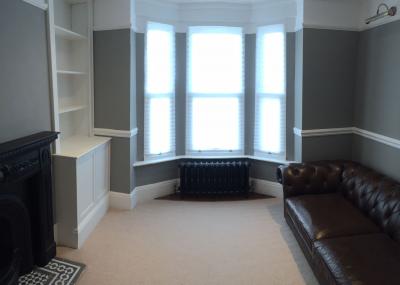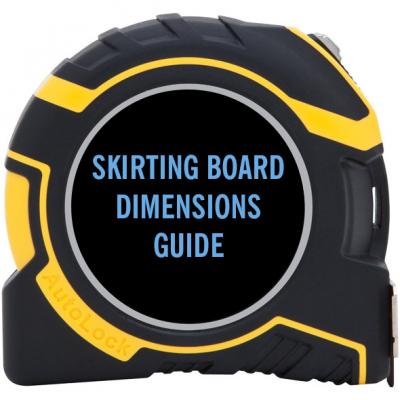Anatomy of Skirting Board
This post is based on the infographic below. Click on it to see the full size version.
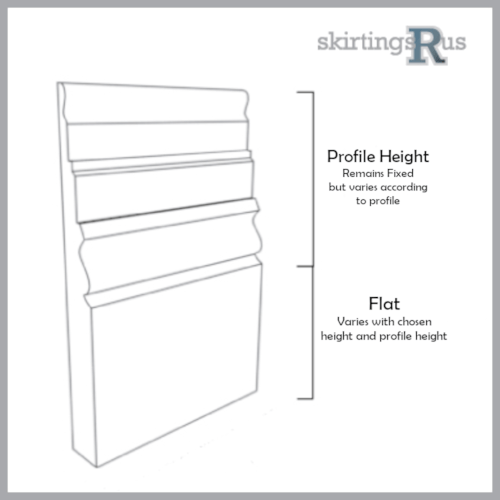
There are two basic elements to a skirting board; the FLAT and the PROFILE. The PROFILE varies with each design but is a fixed height, the FLAT basically makes up the rest of the board and can vary with the chosen height.
The FLAT
As the name suggests the flat part of the skirting board is the unglamourous part of a skirting but is actually the most functional. The height of the flat can be variable, unlike the profile, and this is usually dependent on the size of the room. The larger the room or the higher the ceiling, the higher the flat, in order to reflect the proportions.
The PROFILE
Located at the top of the skirting, the profile is the decorative part of the skirting. Smaller profiles tend to be simple designs, whilst larger profiles are more detailed. Each design consists of a number of elements that are combined to offer greater variety, however each design we have created often draw on inspiration from, or embelish, the traditional skirting board profiles, some of which we will cover below.
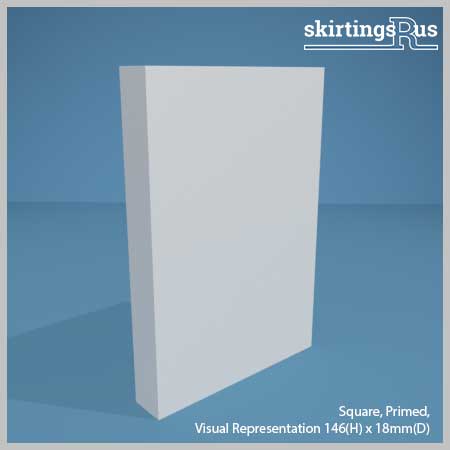
Square Skirting Board
This is the most basic of designs and is essentially all flat with no machined profile. It’s still a popular design in its own right as it suits a lot of modern interior designs that demand clean lines.
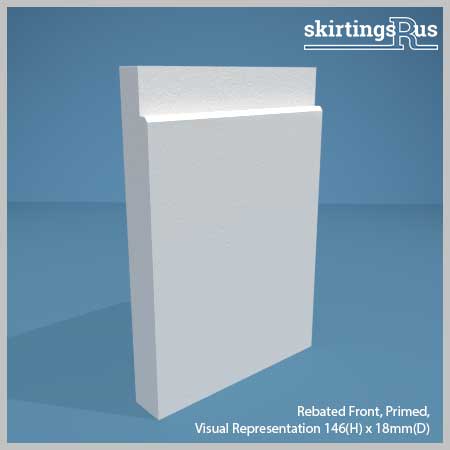
Rebated Skirting Board
A rebate is a cutaway at the top of board. This is useful when plastering a wall and you want the skirting to run flush with the wall rather than protruding from it as is normal. This occurs more frequently on new build properties or professional remodelling.
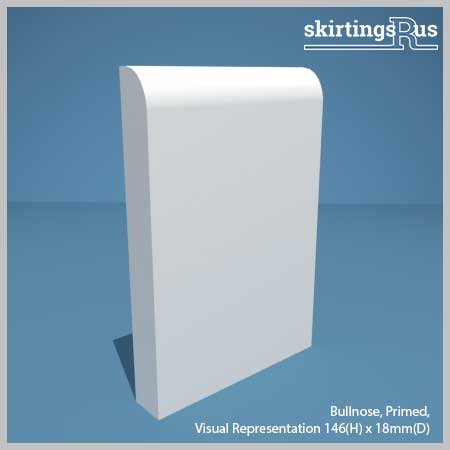
Bullnose Skirting Board:
Probably the most ubiquitous skirting board, the Bullnose profile rounds off the top edge of the skirting. The radius of the bullnose can vary between suppliers and becomes more dominant with the thickness of the board. It is also known as Pencil Round Skirting.
Chamfered Skirting Board
A chamfer is a sloping edge cut at an angle. Varying the size of the angle gives a different effect as seen in these examples. The profile offers a delineation of light and shadow in the right conditions.
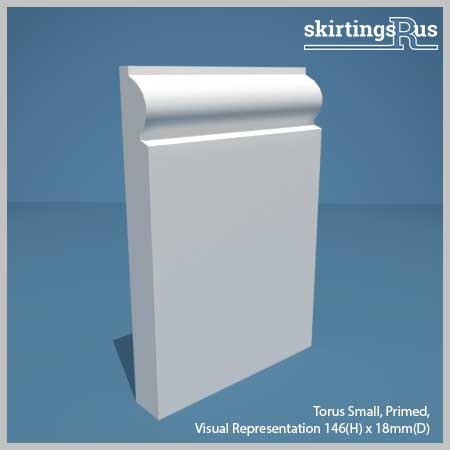
Torus Skirting Board
Often appearing as a rounded semi-circular shape that can vary in size. The Torus is essentially a circle that has been extruded into a tubular shape. As a feature it creates a diffused effect when catching the light along the top and a gentle shadow on the underside.
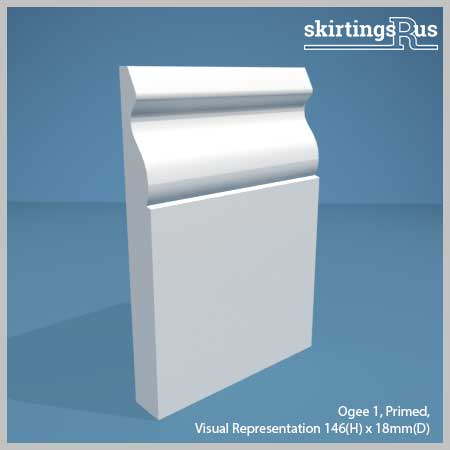
Ogee Skirting Board
The ogee profile is a double curve that forms an S-shape, usually symmetrical in form. This is often stylised by making the curves more irregular. By flattening the curve on one side and making it more acute on the other this design plays with light and shadow to great effect.
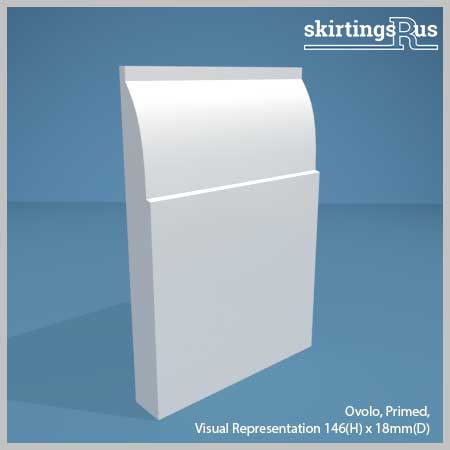
Ovolo Skirting Board
The name Ovolo comes from the Italian for ‘little egg’ and in architecture is generally refers to a quarter of an ellipse. Woodworkers often call it a ‘quarter-round’. This means the implementation can vary from a perfect circle to an ellipse depending on the intended design.
Grooved Skirting Board
Adding grooves to a skirting board creates a striking feature and is often used in modern interior designs where clean lines are popular. The groove is quite versatile and can vary in depth and height and multiple grooves can also be added to a board. The deeper the groove the deeper the shadow.
From these common, basic features nearly all skirting board profiles are created with a little imagination and experimentation!
Hopefully, you've gained some insight into how they're made and you now have some ideas about what you want from your skirting board.

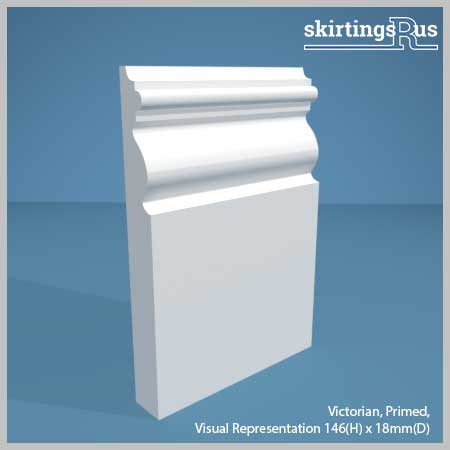
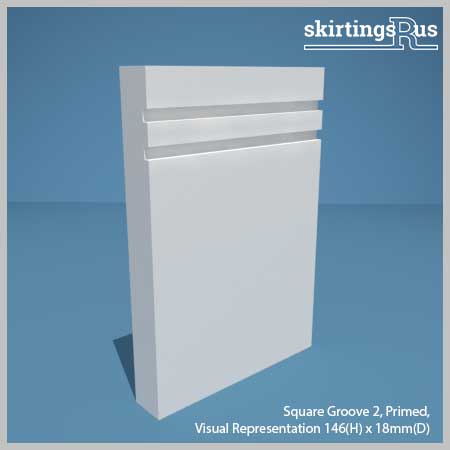

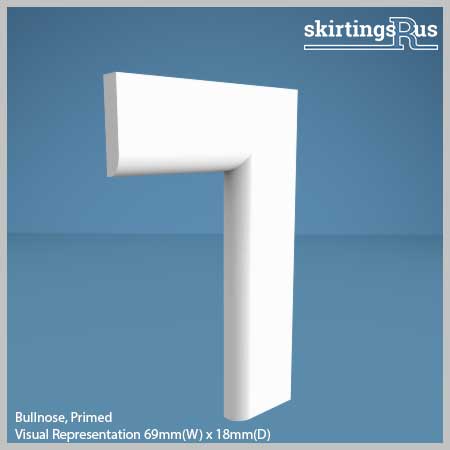
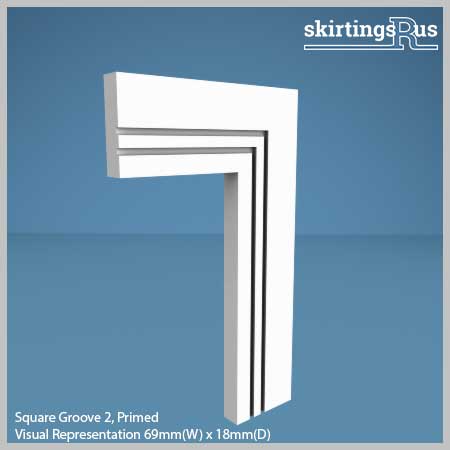
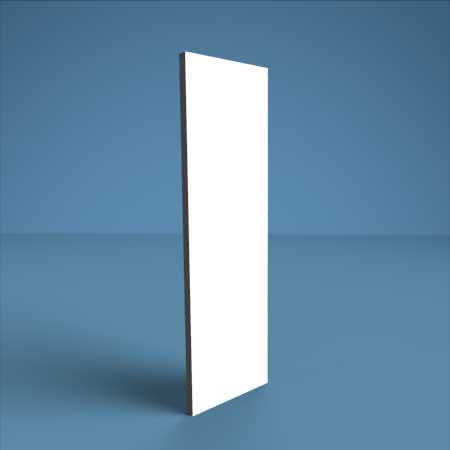
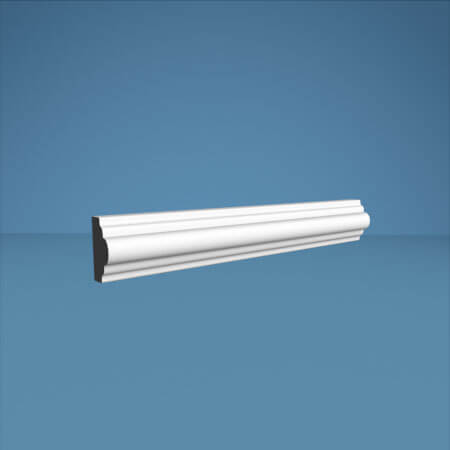
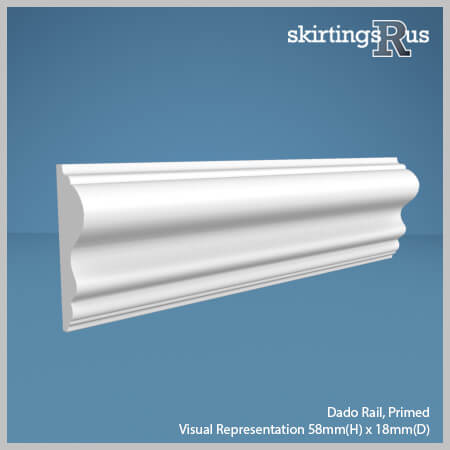
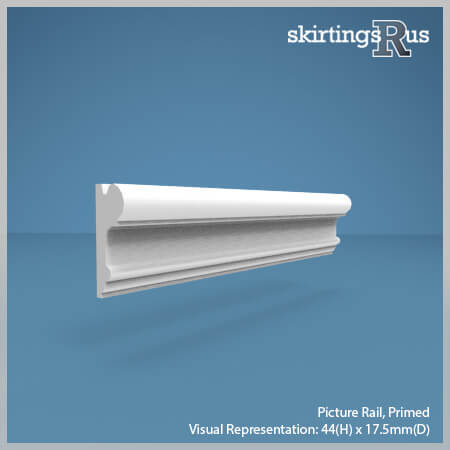
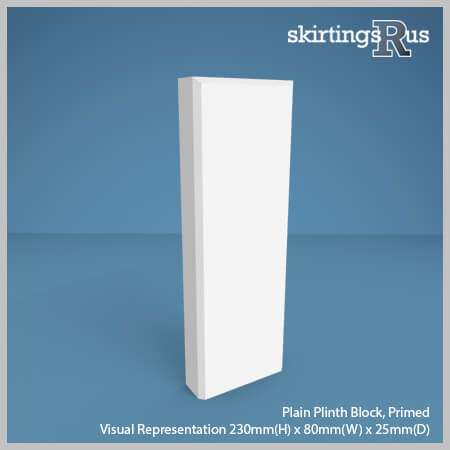

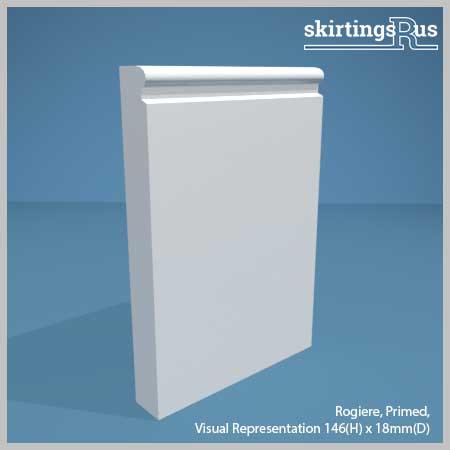
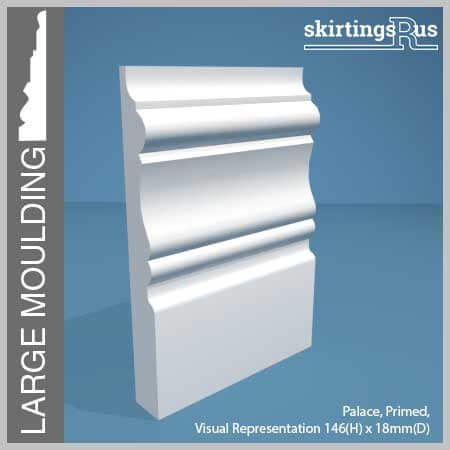
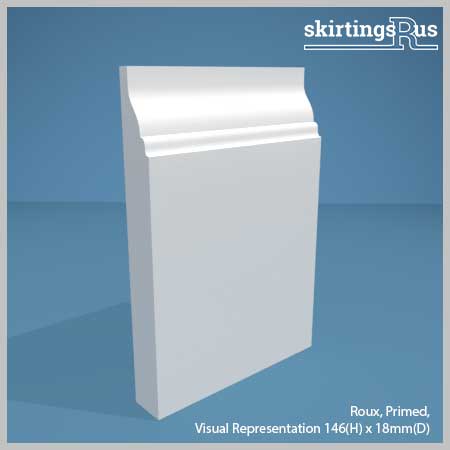
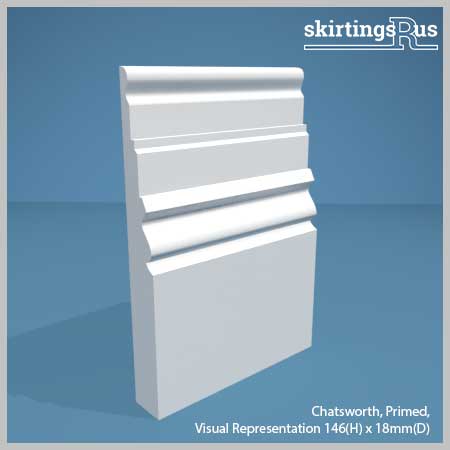
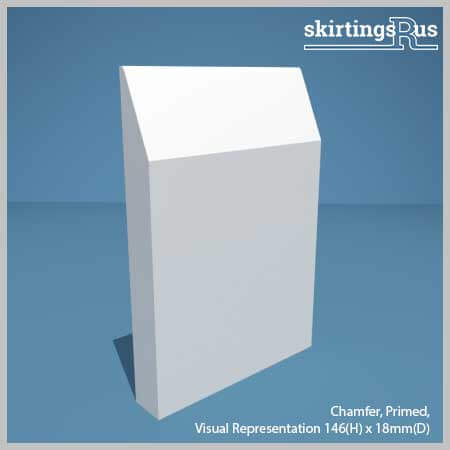
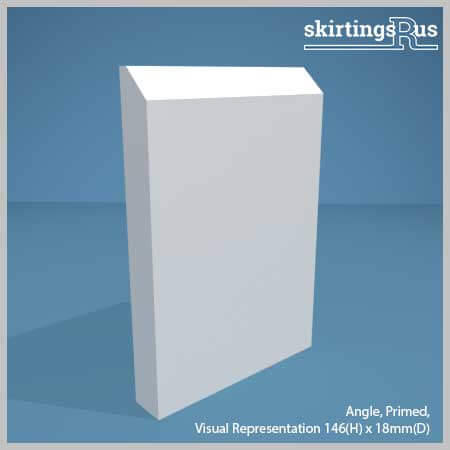
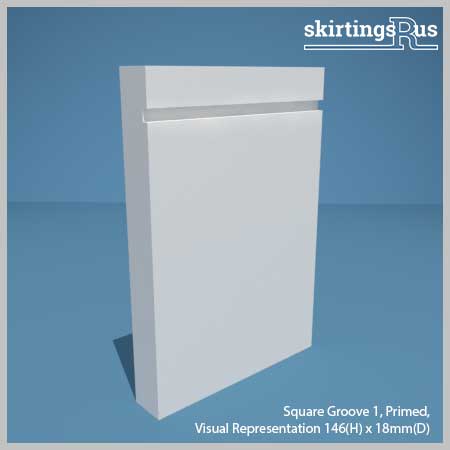
.png)

